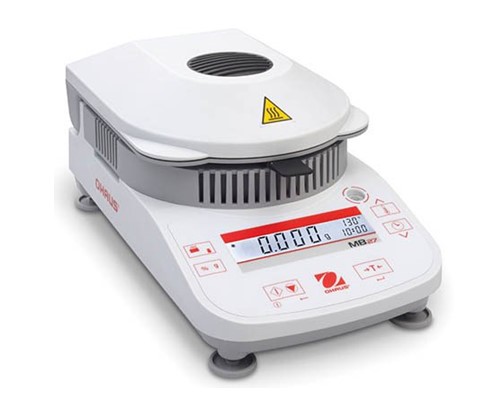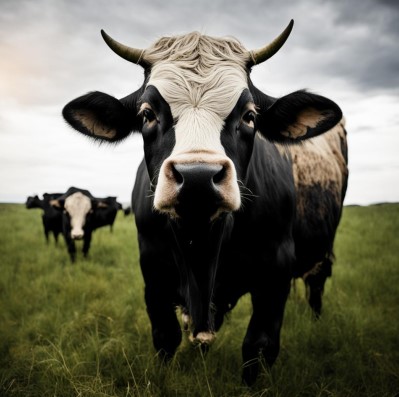Chicken meat production in the EU will increase by 0.4%

EU chicken production benefited from slight declines in energy and feed prices in 2023, especially in Poland, which is now the EU's leading producer. In some countries, such as the Netherlands and Belgium, environmental regulations such as new limits on nitrogen emissions are holding back further expansion. French chicken production also fell in 2023 as French production costs remain relatively high.
Following HPAI outbreaks, EU Member States continue to strengthen surveillance and biosecurity measures in poultry farms. Some regions even introduce temporary bans on the free range of poultry.
Domestic consumption of chicken MEAT in the EU is expected to grow by 0.9 percent in 2024 , driven by both retail sales and consumption in the HORECA sector.
Chicken meat consumption is expected to increase in the long term as consumer preference continues to favor chicken meat. Chicken meat is generally more affordable than other animal proteins. European consumers also generally consider chicken meat to be healthier, more versatile and easier to prepare.
EU chicken meat imports increased by 2 percent in calendar year 2023 and are expected to continue to increase by 3.5 percent in calendar year 2024. The European HRI sector accounts for the largest share of imported chicken. Imports from Brazil stagnated in 2023, while imports from the United Kingdom fell 20 percent as the EU imposed strict HEALTH controls after Brexit. Imports from Thailand also faced increased competition from Ukraine. Imports of Ukrainian chicken meat to the EU in 2023 increased by more than 50 percent. Clearly, this trade continues to benefit from EU Regulation 2023/1077, which reinstated temporary trade concessions under the 2011 Deep and Comprehensive Free Trade Agreement (DCTA). According to the EU Regulation, Ukrainian chicken meat has the right to enter the European market without tariffs and quotas. This measure is temporary and, unless extended, will expire on June 5, 2024. Some EU countries, such as Poland , have already asked the EU to introduce restrictions on imports of chicken meat from Ukraine.
In calendar year 2023, EU chicken exports fell by 1.8 percent, driven by an 18 percent decline in EU chicken exports to the Democratic Republic of Congo and an 11 percent decline in exports to Saudi Arabia, the two main markets for EU chicken. . Other markets that saw declines in EU exports included Ukraine, Cuba, Liberia and Malaysia. Although EU EXPORT prices to Saudi Arabia fell by 7 percent in 2023, prices are still 16 percent higher than in 2021. Overall, with EU production costs rising, EU chicken exports are now generally less competitive, particularly in African markets.
Read together with it:
- Боливия экспортирует говядину на сумму 797 миллионов долларов и вводит новые цифровые сертификаты для внешней торговлиЭкспорт говядины из Боливии в период с 2021 по 2025 год достиг 797 миллионов долларов. Китай является основным рынком сбыта этого мяса, на который приходится 74% продаж, сообщила Карина Серрудо, генеральный директор Национального таможенного управления. Параллельно с этим ведомство включило сертификат безопасности экспортных пищевых продуктов для говядины в систему «Единое окно для внешней торговл...
- Поголовье свиней в Бразилии продолжает растиТакже наблюдался рост убоя свиней на 1,2%, достигнув рекордного уровня в 2024 году, хотя рост сектора замедлился. Экспорт свинины также достиг исторического максимума. По географическому распределению Толедо (штат Парана) сохранил лидерство по производству свинины среди 5487 муниципалитетов, где ведётся свиноводство, на долю которого приходится 2,2% от общего поголовья (95......



























































